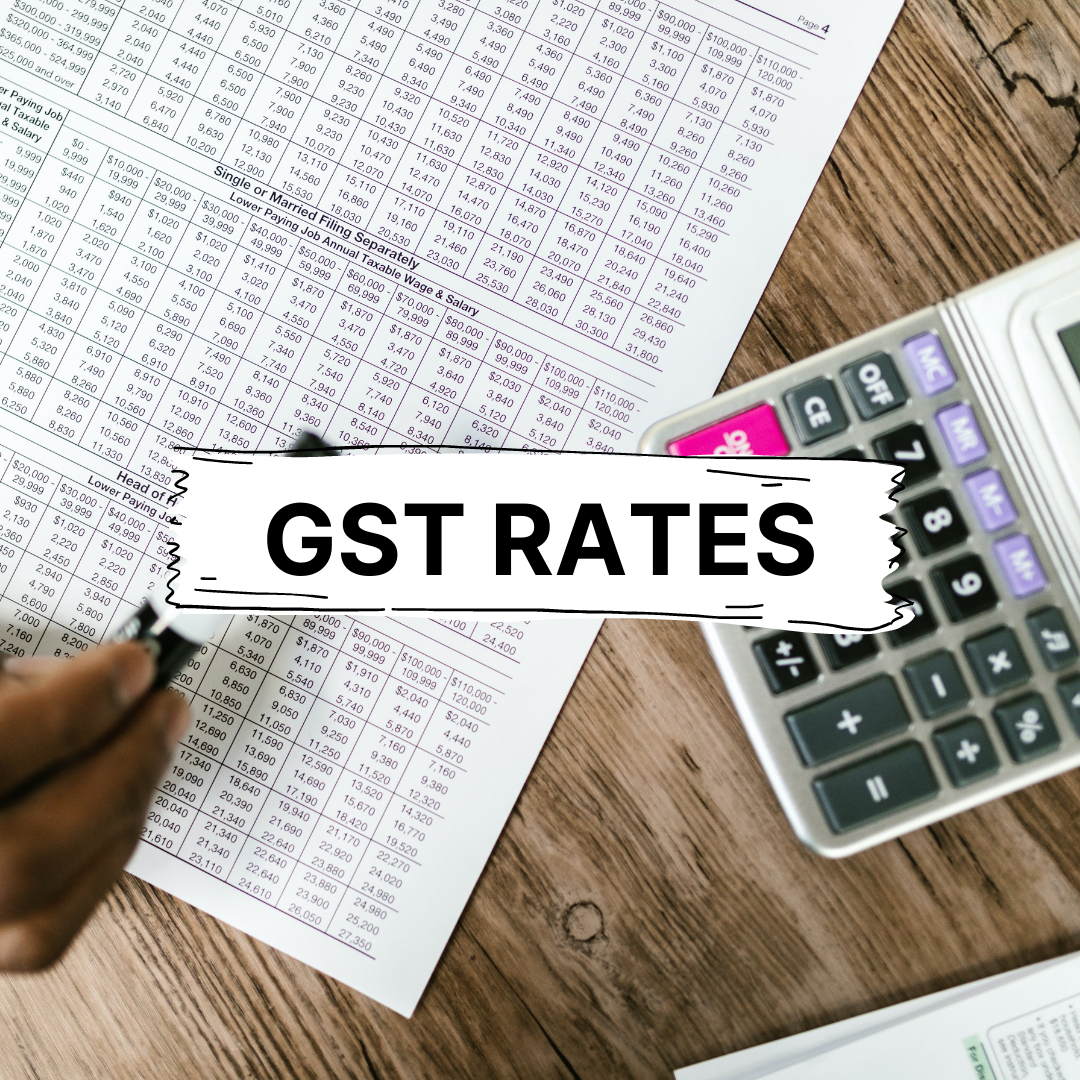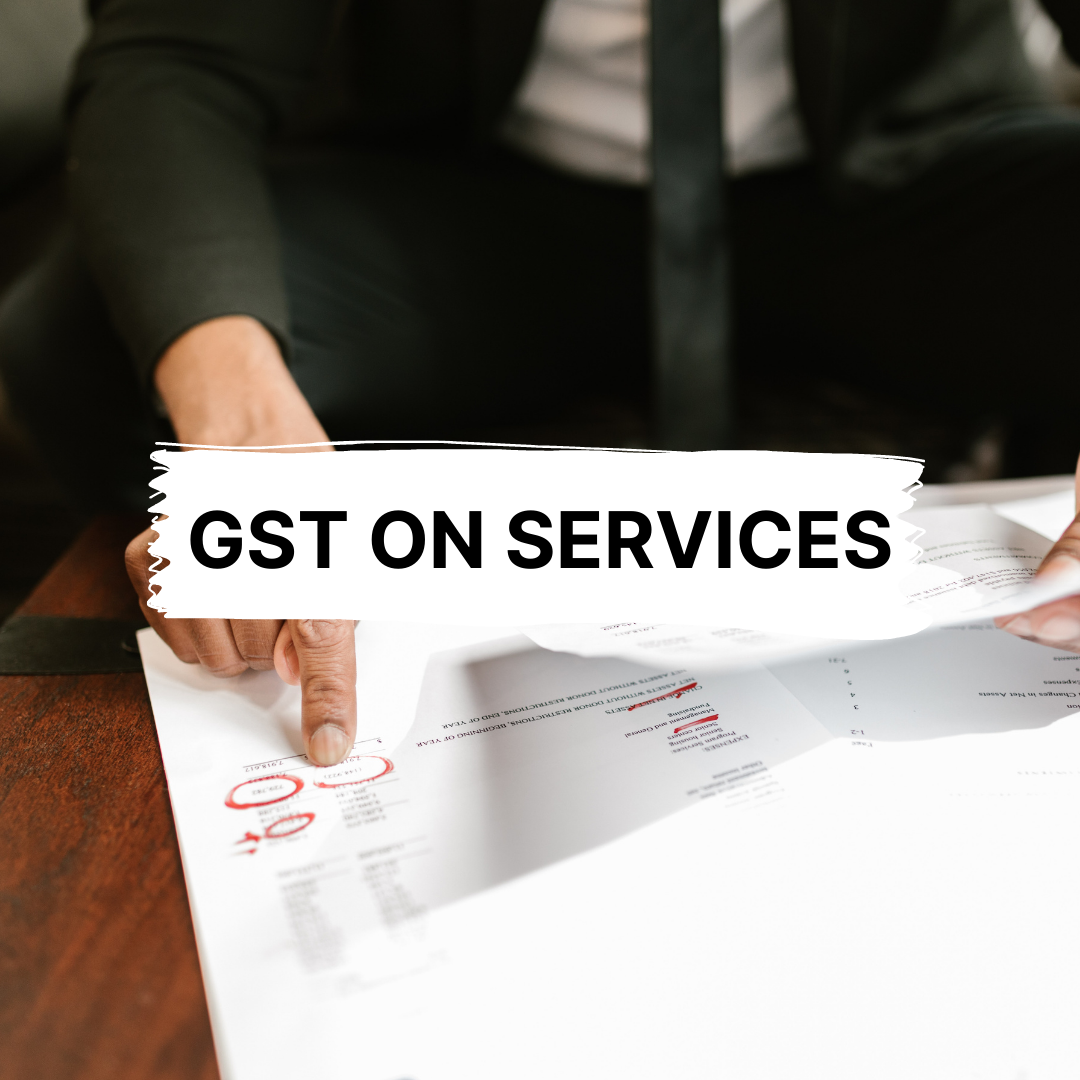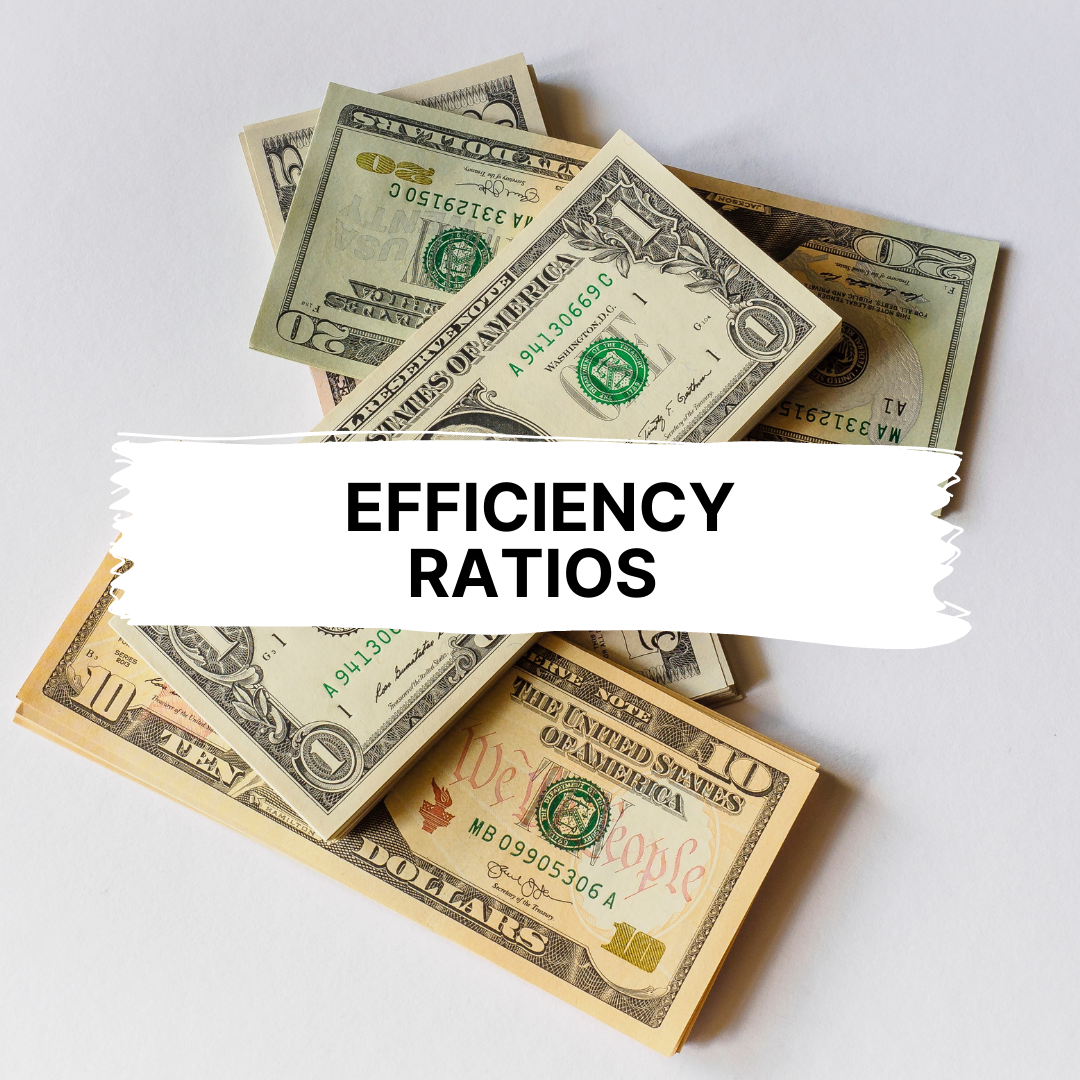All goods and services exchanged in India are categorised as part of the SAC code system or the HSN code system under GST. Goods are categorised using the HSN Code, while services are categorised using the SAC Code.

GST rates have been set in five classes called slabs which are predicated on the HSN or SAC codes. These five slabs are: NIL, 5%, 12%, 18%, and 28%.
What is GST and What Are GST Rates
The Goods and Services Tax (GST) is a value-added tax imposed almost on all commodities and services that can be purchased for domestic consumption and used within the country. It is a unified tax structure that eliminates all prior state and central taxes.
GST is the result of combining all central taxes, such as sales tax, excise duty, surcharges, cesses, state VAT, luxury tax, purchase tax, entertainment tax, and so on into a single tax.
The Goods and Services Tax (GST) is a single tax, but given the sheer number of basic commodities and services, they are classified into different GST slabs or have different GST tax rates.
The GST rates are fixed under five slabs:
- NIL: No tax is charged on the goods or services used.
- 5 %: Under this tax slab, 5% tax is charged on the goods or services used.
- 12%: Under this tax slab, 12% tax is charged on the goods or services used.
- 18%: Under this tax slab, 18% tax is charged on the goods or services used.
- 28%: Under this tax slab, 28% tax is charged on the goods or services used.
Note: Precious metals like gold are exempted and placed under the 3% slab.
What is an HSN code?
The HSN code is an abbreviation for the World Customs Organisation's (WCO) Harmonised System of Nomenclature, which went into effect in 1988. The WCO's primary objective in implementing HSN codes was to define all commodities in a structured manner. It removes ambiguity and facilitates international trade and investment between countries. HSN codes are used for trading over 20,000 items between nations around the globe. WCO uses the revised HSN codes for more than 90% of global trade.
The HSN system is used by more than 200 countries and economies for reasons such as:
- Classification that is consistent.
- Base for their customs tariffs.
- Statistical compilation of international trade.
How does the HSN code work?
It has approximately 5,000 commodity groups, each of which is defined by a six-digit code and is organised in a judicial and sequential. To ensure constant classification, it is backed by well-defined guidelines.
Since 1971, India has been a part of the World Customs Organisation (WCO). It is used to identify goods for Customs and Central Excise using 6-digit HSN codes. Customs and Central Excise eventually added two extra digits to the HSN codes to make them more accurate, resulting in an 8-digit categorisation.
HSN codes are primarily used by distributors, vendors, suppliers, merchants, and traders. They must either use two-digit, four-digit, or eight-digit HSN codes based on the following parameters.
- If the company's annual revenue is less than Rs. 1.5 crores, there is no need to use HSN codes.
- If the company's annual revenue is between Rs. 1.5 crores and Rs. 5 crores, they must use two-digit HSN codes for all business transactions.
- If the company's annual revenue exceeds Rs. 5 crores, it must use four-digit HSN codes.
- Import and export dealings, as well as foreign trades, require the use of 8-digit HSN codes for entrepreneurial ventures.
Services Accounting Code (SAC) in GST
The SAC code is a concept similar to that of HSN.
The SAC code is a similar concept to the HSN code. SAC stands for Service Accounting Codes, and it is a one-of-a-kind code used in India underneath the GT regime for the identification, evaluation, and taxation of services. As part of it:
- The starting two digits, i.e., 99 are the same for all services.
- The succeeding two digits, i.e., 82), represent the primary nature of the service.
- The final two digits, i.e., 13 represent the specific nature of the service.
Why is HSN important under GST?
The goal of HSN codes is to make GST more effective and universally accepted. HSN codes will eliminate any need to submit a detailed product description.
The following is a list of a few of the GST service accounting codes. You can find the current GST Rate for service in Chapter 99 of the SAC Codes & GST Rates for Services.
| SAC Code | SAC Description |
|---|---|
| 99 | All Services |
| 9954 | Construction services |
| 995411 | Construction services of single dwelling or multi-dwelling or multi-storied residential buildings |
| 995412 | Construction services of other residential buildings such as old age homes, homeless shelters, hostels etc |
| 995413 | Construction services of industrial buildings such as buildings used for production activities (used for assembly line activities), workshops, storage buildings and other similar industrial buildings |
| 995414 | Construction services of commercial buildings such as office buildings, exhibition & marriage halls, malls, hotels, restaurants, airports, rail or road terminals, parking garages, petrol and service stations, theatres and other similar buildings. |
| 995415 | Construction services of other non-residential buildings such as educational institutions, hospitals, clinics including veterinary clinics, religious establishments, courts, prisons, museums and other similar buildings |
| 995416 | Construction Services of other buildings n.e.c |
| 995419 | Services involving Repair, alterations, additions, replacements, renovation, maintenance or remodelling of the buildings covered above. |
| 995421 | General construction services of highways, streets, roads, railways and airfield runways, bridges and tunnels |
| 995422 | General construction services of harbours, waterways, dams, water mains and lines, irrigation and other waterworks |
| 995423 | General construction services of long-distance underground/overland/submarine pipelines, communication and electric power lines (cables); pumping stations and related works; transformer stations and related works. |
| 995424 | General construction services of local water & sewage pipelines, electricity and communication cables & related works |
| 995425 | General construction services of mines and industrial plants |
| 995426 | General Construction services of Power Plants and its related infrastructure |
| 995427 | General construction services of outdoor sport and recreation facilities |
| 995428 | General construction services of other civil engineering works n.e.c. |
| 995429 | Services involving Repair, alterations, additions, replacements, renovation, maintenance or remodelling of the constructions covered above. |
| 995431 | Demolition services |
| 995432 | Site formation and clearance services including preparation services to make sites ready for subsequent construction work, test drilling & boring & core extraction, digging of trenches. |
| 995433 | Excavating and earthmoving services |
| 995434 | Water well drilling services and septic system installation services |
| 995435 | Other site preparation services n.e.c |
| 995439 | Services involving Repair, alterations, additions, replacements, maintenance of the constructions covered above. |
| 995441 | Installation, assembly and erection services of prefabricated buildings |
| 995442 | Installation, assembly and erection services of other prefabricated structures and constructions |
| 995443 | Installation services of all types of street furniture (e.g., bus shelters, benches, telephone booths, public toilets, etc.) |
| 995444 | Other assembly and erection services n.e.c. |
| 995449 | Services involving Repair, alterations, additions, replacements, maintenance of the constructions covered above. |
| 995451 | Pile driving and foundation services |
How Deskera Can Guide You?
Discover how you can combine accounting, finances, inventory, and much more, under one roof with Deskera Books. It's now easier than ever to manage your Journal entries and billings with Deskera. The remarkable features, such as adding products, services, and inventory, will all be available to you from one place.
Experience the ease of implementation of the tool and try it out to get a new perspective on your accounting system.
With the guiding and informative videos on how to manage and set up India GST, you can learn about and familiarize yourself with the process in just a few minutes.
Deskera Books is a time-saving strategy for managing your work contacts, invoicing, bills and expenses. In addition, opening balances can be imported and chart accounts can be created through it.
Deskera Books can handle every aspect of the organization, including inviting colleagues and accountants.
Conclusion
The goal of HSN codes is to start making GST more systematic and universally recognised. HSN codes will eliminate any need to submit a detailed product description. Since GST returns are automated, this will save time and make filing easier.
Related Articles












